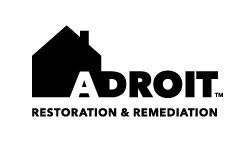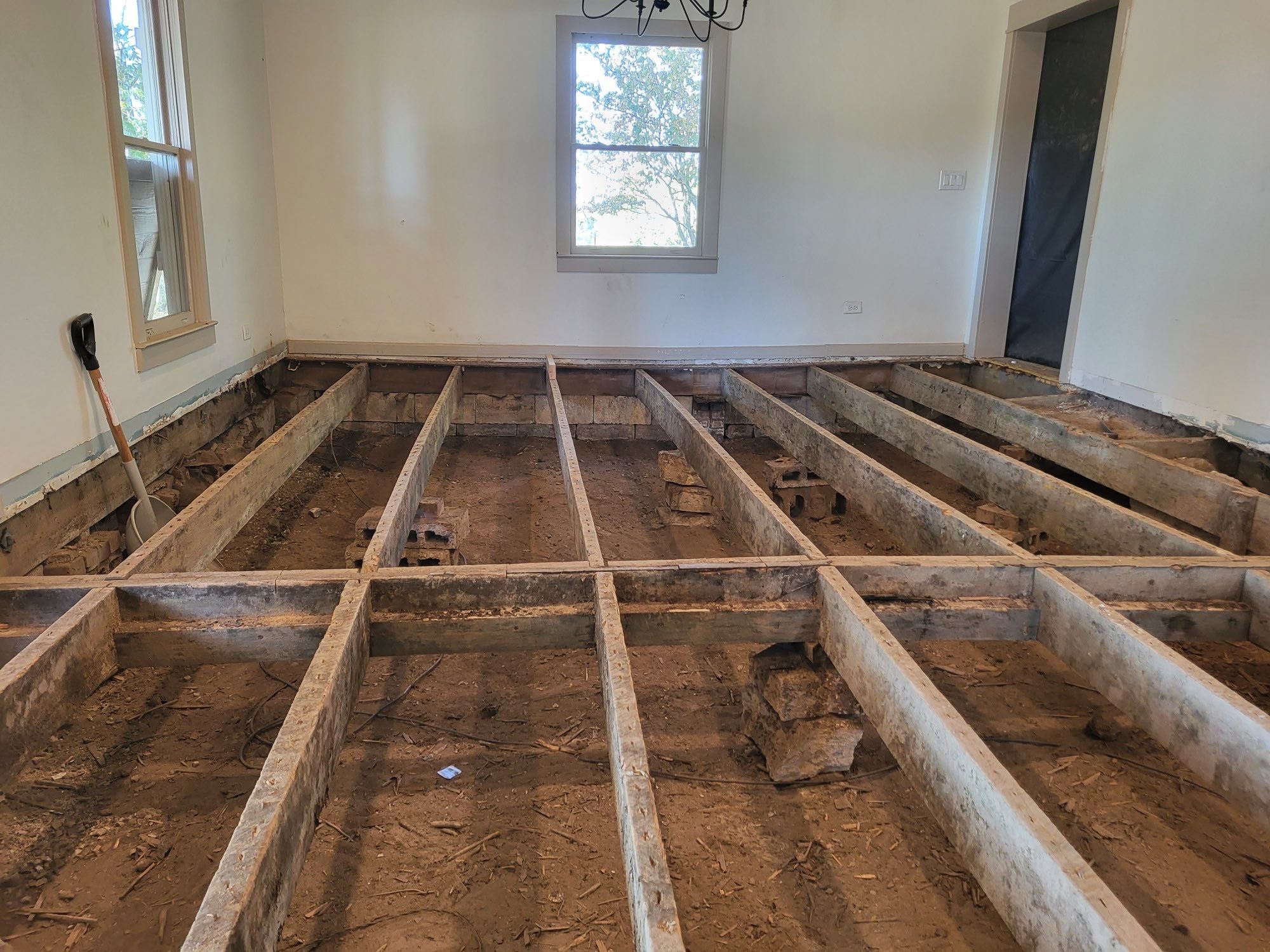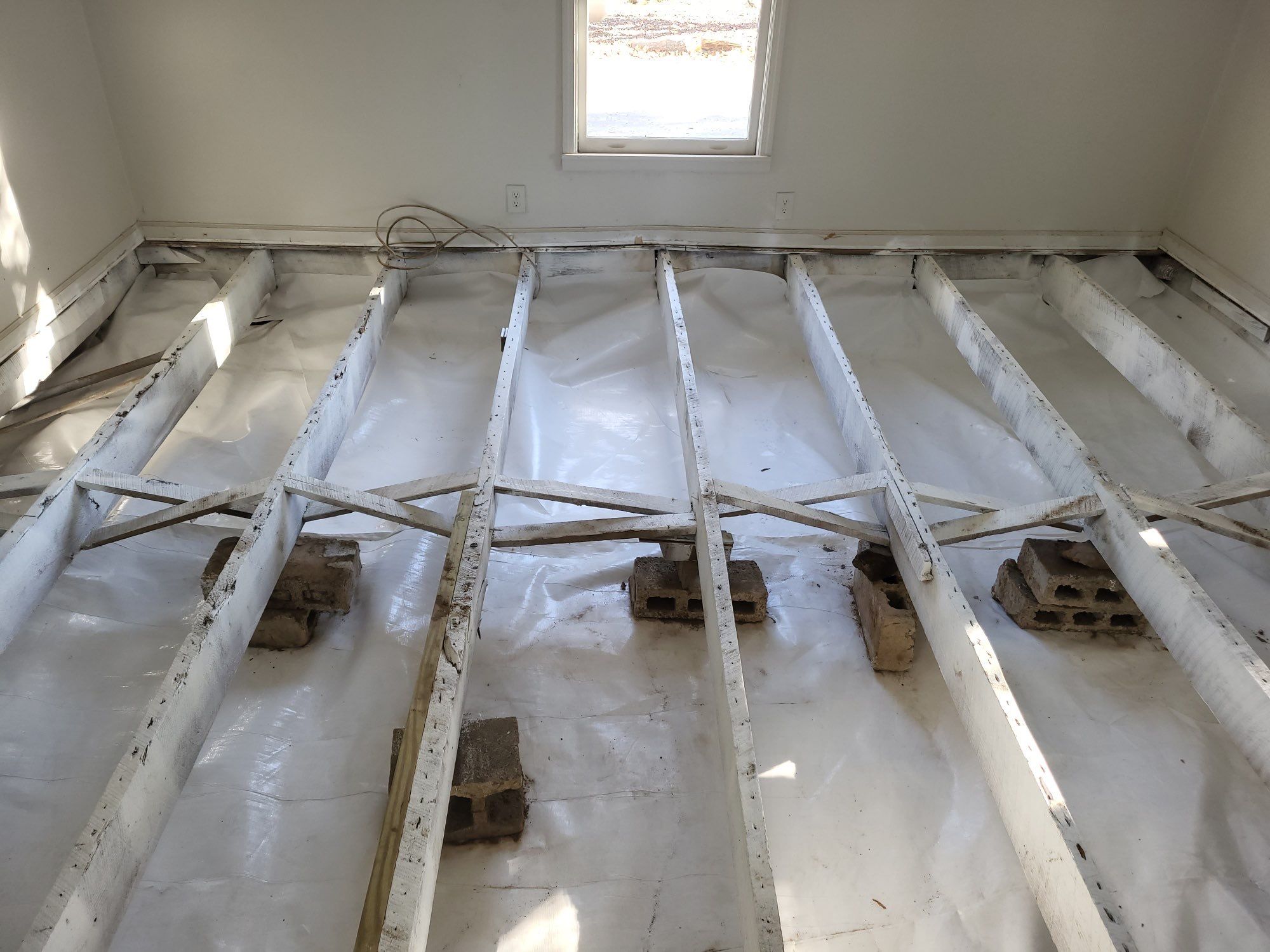Intro
Crawl spaces are often overlooked areas in a home, hidden beneath our feet and out of sight. However, neglecting these spaces can lead to a host of issues, with mold being one of the most common and concerning problems. Mold in crawl spaces can not only affect the air quality in your home but also pose serious health risks. In this blog post, we will explore the benefits of crawl space encapsulation and why it is a simple solution to a complex problem.
Understanding the Fundamentals of Crawl Space Issues
Diving deeper into the underbelly of our homes, we encounter crawl spaces, zones that, despite their inconspicuousness, play a pivotal role in the overall health of our living environments. These areas, inherently vulnerable due to their design and placement, serve as a gateway for several potential challenges. The primary concern revolves around moisture—its accumulation and persistence are the core culprits behind the majority of crawl space woes.
Moisture in these spaces does not exist in isolation; it invites a series of consequential guests. Humidity encourages the proliferation of mold, while also acting as a beacon for pests seeking refuge from the elements. The combination of these factors doesn’t just pose a transient inconvenience; it sets the stage for a cascade of complications affecting everything from the air we breathe to the very foundation our homes rest upon.
The mechanics of these issues are straightforward yet complex in their consequences. For instance, the intrusion of moisture destabilizes the equilibrium within these spaces, leading to an environment ripe for mold growth. Similarly, the allure of dampness and protection from predators turns crawl spaces into prime real estate for pests. Both scenarios underscore a shared theme: the inherent vulnerabilities of crawl spaces demand vigilant oversight and proactive measures to mitigate risks that, while invisible at first glance, have far-reaching impacts on the structural and environmental sanctity of our homes.
The Hidden Dangers of Mold in Your Crawl Space
In the shadowed recesses of your crawl space, mold finds an ideal sanctuary. This unwelcome occupant thrives in the moisture-rich environments that crawl spaces often become. The real threat of mold transcends beyond mere physical presence; its capacity to disperse spores into your home’s atmosphere is where the invisible hazard lies. These spores, when inhaled, can be the genesis of a spectrum of health issues. Allergies and respiratory conditions are the frontline risks, with symptoms ranging from the mild to the severe, depending on exposure levels and individual susceptibility.
Mold’s adaptability means it can flourish on a variety of surfaces, from the wooden beams that uphold your home to the insulation that aims to keep it energy-efficient. This versatility not only amplifies the risk of widespread contamination but also heightens the urgency for preventive measures. The persistence of mold can gradually erode air quality, transforming your home from a place of refuge to a reservoir of potential health hazards.
Beyond health implications, the resilience of mold poses a silent challenge to homeowners. Its presence, often going unnoticed until it has extensively spread, can lead to substantial remediation costs. The process of eradicating mold and restoring the affected area is not only expensive but also disruptive, highlighting the critical importance of early intervention and preventive strategies.
Understanding the insidious nature of mold underscores the necessity of crawl space encapsulation—a preemptive strike against the conditions mold requires to thrive. Through encapsulation, homeowners wield a powerful tool in safeguarding not just the structural integrity of their dwelling, but also the health and well-being of those who reside within.
Structural Integrity at Risk: The Long-Term Effects of Neglect
Allowing a crawl space to languish without proper care not only sets a countdown for potential issues but directly impacts the very backbone of your home. The unchecked accumulation of moisture within these hidden recesses wields a silent yet destructive force on the wooden structures that underpin our living spaces. This insidious process, often unnoticed until significant damage has surfaced, erodes the wood, leading to rot and a weakened foundation. Such deterioration isn’t merely an aesthetic concern; it threatens the structural integrity of the entire edifice.
As moisture persists, it not only facilitates the rotting of wood but also encourages the invasion of termites and other wood-destroying pests, compounding the threat to your home’s stability. The journey from initial moisture intrusion to significant structural compromise can be slow, allowing the problem to expand beneath the radar. The repercussions of this neglect stretch beyond immediate repair needs, potentially evolving into extensive reconstruction projects that could have been preempted with earlier intervention.
Encapsulation offers a barrier against this encroaching moisture, acting as a shield that preserves the structural elements of your home from the ground up. By addressing the root cause of moisture accumulation, encapsulation effectively halts the cycle of dampness, rot, and pest attraction, safeguarding the longevity and resilience of your home’s foundation. Through this preventive approach, the necessity of addressing crawl space health transitions from optional to indispensable, underscoring the critical link between maintenance of these overlooked spaces and the preservation of our homes’ structural well-being.
The Energy Efficiency Benefits of Crawl Space Encapsulation
Embarking on the journey of crawl space encapsulation presents an array of advantages, among which the enhancement of your home’s energy efficiency stands out as particularly impactful. This process fundamentally transforms the crawl space from a liability into an asset, particularly in terms of thermal regulation. By introducing a vapor barrier and ensuring proper insulation, encapsulation meticulously seals off the space, eliminating unwelcome drafts that historically have contributed to heat loss in colder months and excessive warmth during the summer.
This strategic intervention directly addresses the inefficiencies inherent in unsealed crawl spaces, where fluctuating temperatures demand more from heating and cooling systems, thereby elevating energy consumption. The act of encapsulating effectively stabilizes the environment beneath your home, reducing the thermal exchange between the ground and your living spaces above. As a result, your HVAC system operates with greater efficiency, requiring less energy to maintain optimal indoor temperatures.
The ripple effect of this increased efficiency is twofold: it culminates in noticeable savings on utility bills, making this a financially savvy decision in the long term. Moreover, it contributes to a more consistently comfortable living environment, enhancing the quality of life for all occupants. This approach not only preserves the warmth and coolness of your home but also exemplifies a proactive step towards reducing your carbon footprint.
By transforming the crawl space into a controlled and insulated environment, encapsulation thus emerges as a cornerstone of home maintenance that profoundly influences both the ecological and economic aspects of household management, charting a path toward sustainability and comfort.
A Step-by-Step Guide to Crawl Space Encapsulation
Embarking on the journey of crawl space encapsulation begins with a thorough evaluation of your space to identify any pre-existing issues such as leaks, mold, or pests. This initial step is crucial for ensuring that encapsulation efforts are not in vain, addressing any concerns that could undermine the integrity of the encapsulation process.
Following this, the installation of a vapor barrier is paramount. This heavy-duty, polyethylene sheeting is meticulously laid across the crawl space floor and extended up the walls, ideally up to the sill plate. The purpose of this barrier is multifaceted; it acts as a stalwart defense against moisture intrusion, thereby mitigating the risk of mold proliferation and wood rot.
Securing the vapor barrier in place involves sealing all seams with a special tape designed for moisture barriers and anchoring the barrier to the walls. Attention to detail is vital during this phase to ensure a completely airtight and moisture-resistant environment.
Subsequently, insulating the crawl space walls enhances the encapsulation’s effectiveness. This step not only contributes to moisture control but also plays a significant role in the thermal efficiency of the space, aiding in the stabilization of temperatures within the crawl space and, by extension, the entire home.
Finally, installing a dehumidifier to regulate the air moisture level ensures the environment remains inhospitable to mold and mildew, completing the encapsulation process and solidifying the crawl space as a foundational component of your home’s health and efficiency.
Investing in Your Home’s Future: The Long-Term Advantages of Encapsulation
Embracing crawl space encapsulation transcends immediate rectification of moisture and mold concerns; it represents a forward-thinking investment in the durability and value of your residence. This methodical approach not only safeguards against the insidious threats of structural damage and health risks but also establishes a foundation for sustainable living. By enhancing the energy efficiency of your home, encapsulation yields significant savings on utility expenses, showcasing its economic viability over time. Additionally, this preventative strategy elevates the overall living environment, providing a stable and healthy setting for your family. Encapsulation, therefore, is not merely a maintenance task—it’s a strategic enhancement that fortifies your home’s future, ensuring a legacy of safety, comfort, and resilience.




